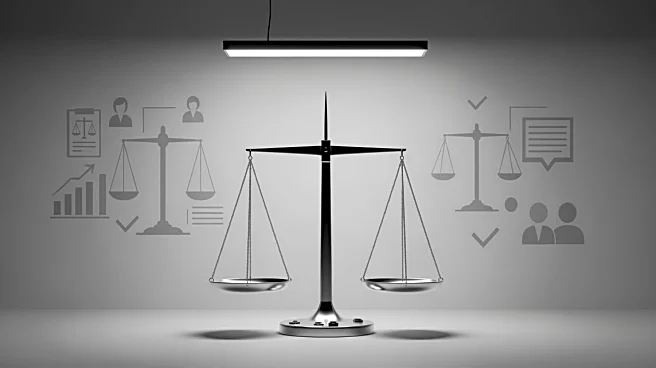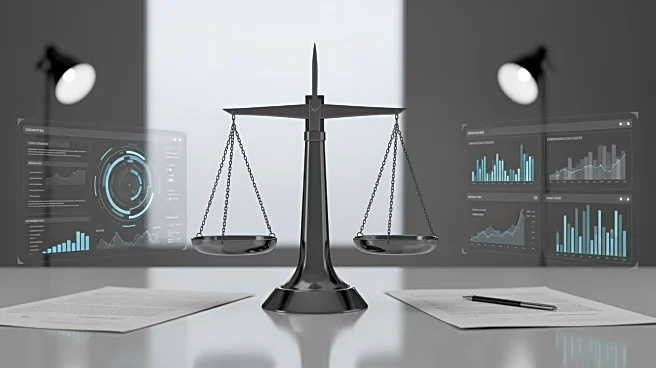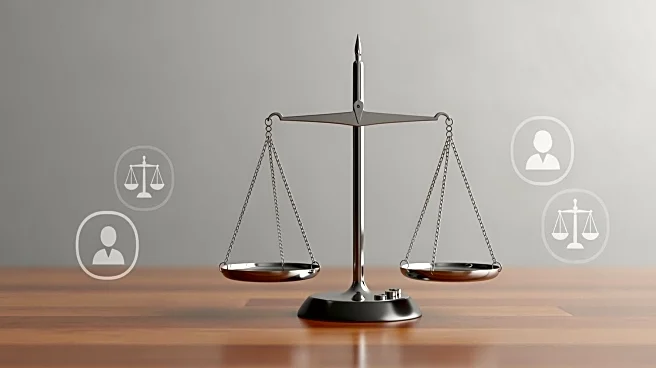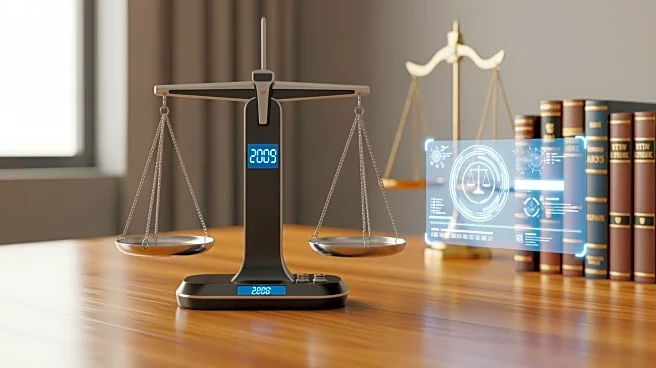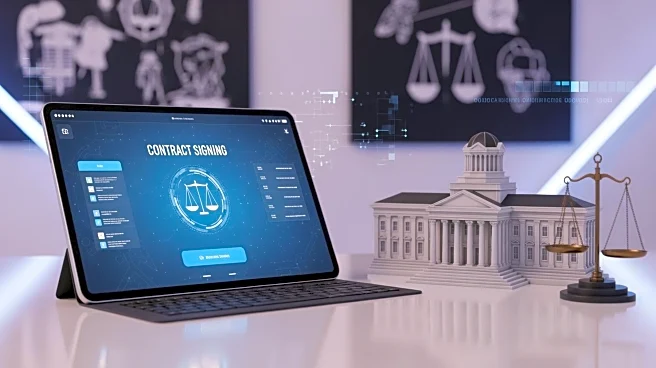What's Happening?
Legal Design is emerging as a transformative movement within the legal industry, reshaping how lawyers, law firms, and legal departments design their services and communicate with clients. Pioneers like
Laura Fauqueur, founder of Legal Shake, emphasize the importance of placing the user at the center of all processes, from client communication to service structuring. This approach aims to differentiate legal services in a competitive market by offering experiences that are more accessible and tailored to real client needs. Experts such as Inés Monzó and Teresa Parada Cano-Lasso highlight the benefits of Legal Design, including improved client trust, efficiency, and satisfaction. The movement advocates for simplified legal language and processes, making legal services more understandable and effective.
Why It's Important?
The adoption of Legal Design is significant as it addresses the longstanding issue of complexity in legal language and processes, which often alienates clients. By focusing on user-centric design, legal professionals can enhance client relationships, reduce misunderstandings, and streamline service delivery. This shift is crucial in an era where clients demand transparency and efficiency. Legal Design not only improves client satisfaction but also positions law firms competitively by offering differentiated services. As the legal industry faces increasing pressure to innovate and adapt, embracing Legal Design could lead to more sustainable and effective practices, benefiting both legal professionals and their clients.
What's Next?
As Legal Design gains traction, more law firms and legal departments are expected to adopt this approach, leading to widespread changes in how legal services are delivered. The movement may inspire further innovation in legal technology and client communication strategies. Stakeholders, including legal educators and industry leaders, might explore integrating Legal Design principles into training programs and professional development initiatives. The continued evolution of Legal Design could also prompt regulatory bodies to consider new standards for legal communication and documentation, ensuring clarity and accessibility for all clients.
Beyond the Headlines
The rise of Legal Design could have deeper implications for the legal industry, potentially influencing ethical standards and cultural practices. By prioritizing user-centric design, legal professionals may foster a more inclusive and transparent environment, challenging traditional norms and encouraging diversity in legal communication. This shift could also lead to long-term changes in how legal services are perceived, with a focus on collaboration and empathy. As Legal Design becomes more prevalent, it may drive broader cultural shifts towards simplicity and clarity in professional communication across various sectors.
